Author: Christine Skirbunt
When we think of World War II heroines, images of spies, nurses, and munitions workers often come to mind. But another group of women quietly transformed the British home front with determination, boots, and a hoe in hand: the Land Girls. Members of the Women’s Land Army (WLA), these women kept Britain’s farms and fields alive while the nation’s men went to war. Today, their legacy is not only recognized for its wartime impact, but it is also finding new life in everyday vintage fashion as well as in historical reenactment and cosplay communities.
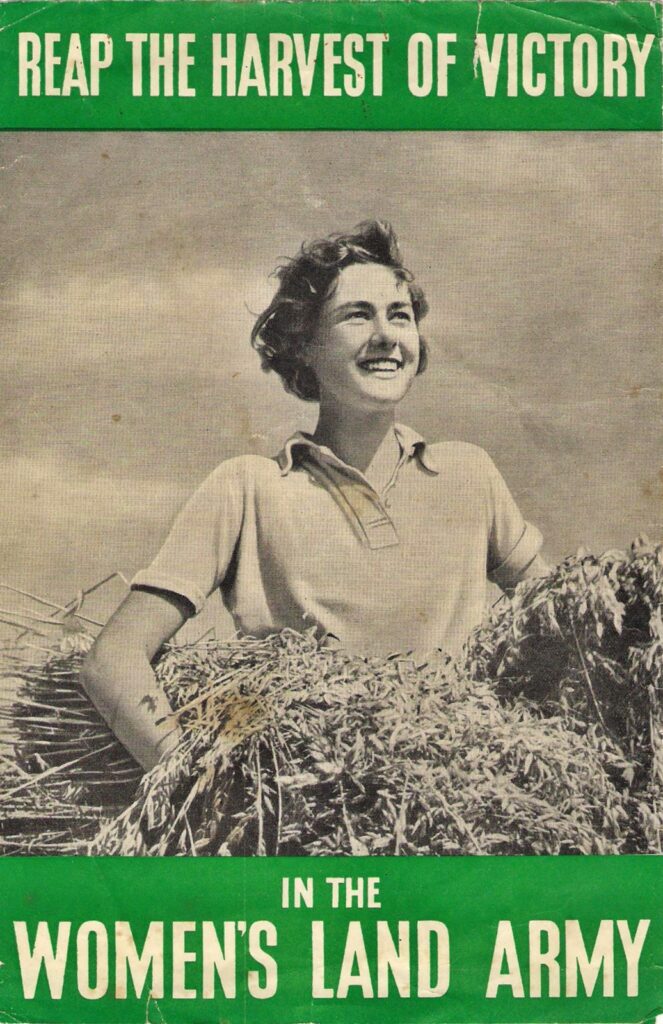
What Was a Land Girl?
A “Land Girl” was a female agricultural worker recruited by the British government to replace male farm laborers who had left the fields to join the armed forces. These women were part of the Women’s Land Army, a civilian organization established in both World War I and World War II to ensure Britain could feed itself in times of war.
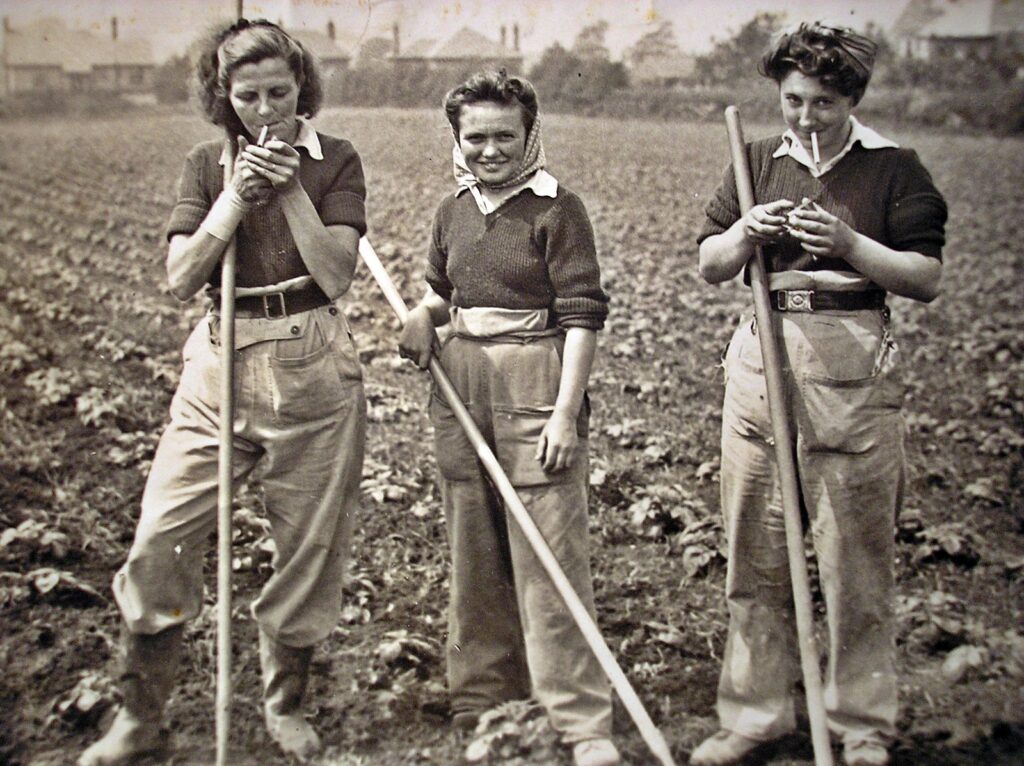
Unlike factory workers or those in military service, Land Girls weren’t enlisted in the army – yet their work was just as critical. They plowed fields, planted crops, milked cows, chopped wood, and kept entire farms running with hit the ground running training often under harsh conditions.
The Birth of the Women’s Land Army
World War I Origins (1917–1919)
The first practice of the WLA experiment began in 1917, midway through World War I. With thousands of men leaving their farms for the trenches, the British government faced a food crisis. Women had long been seen as incapable of handling “man’s work” on farms, but desperation overturned tradition. The government formed the Women’s Land Army to mobilize women into agricultural labor.
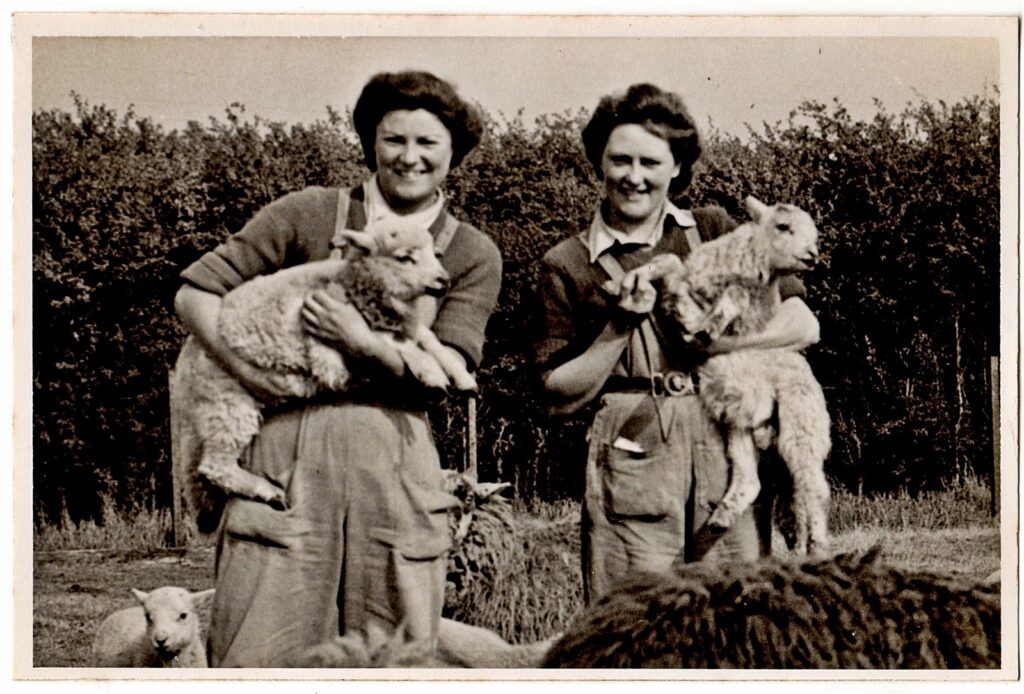
Though short-lived – it was disbanded in 1919 after the war ended – the experiment proved that women could handle physically demanding agricultural work, often with surprising success as over 23,000 women answered the call to help during the First World War.
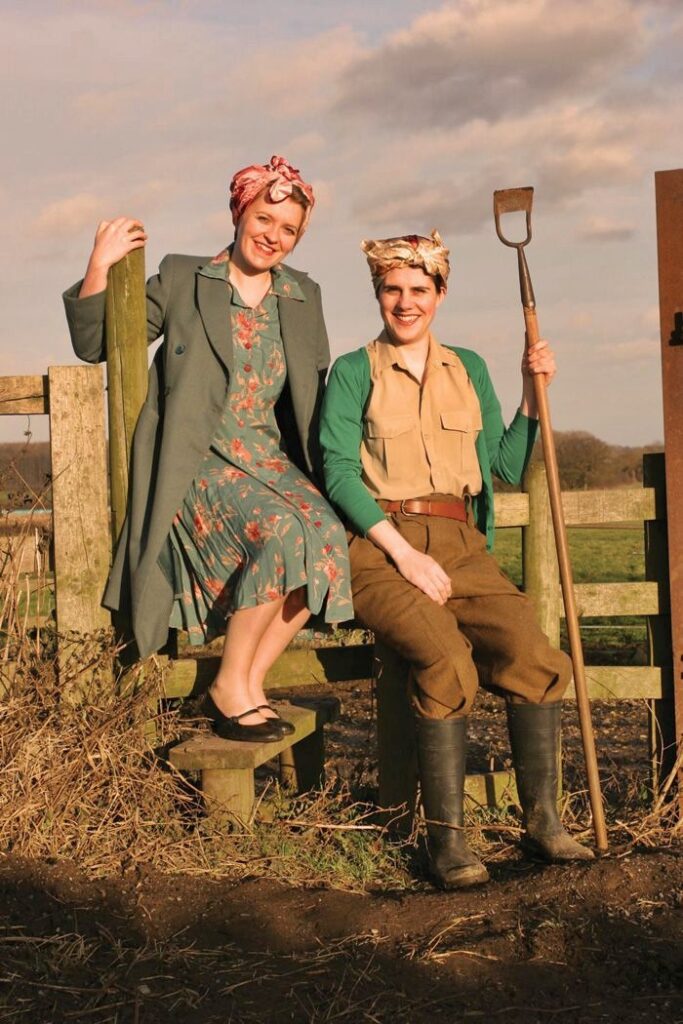
World War II Revival (1939–1950)
With the outbreak of World War II in 1939, Britain again faced a massive labor shortage on its farms. The Women’s Land Army was re-formed – this time bigger, better organized, and with official uniforms. At its peak, over 80,000 women served in the Land Army during WWII.
While many members were single women from urban areas, Land Girls came from all backgrounds. Some were middle-class women unfamiliar with the outdoors and others came from working-class communities already well acquainted with manual labor. More than a third of these women came from large cities like London or big industrial towns in the north. Regardless of origin, they were trained, placed on farms, and expected to contribute like seasoned farmhands (Women’s Land Army).
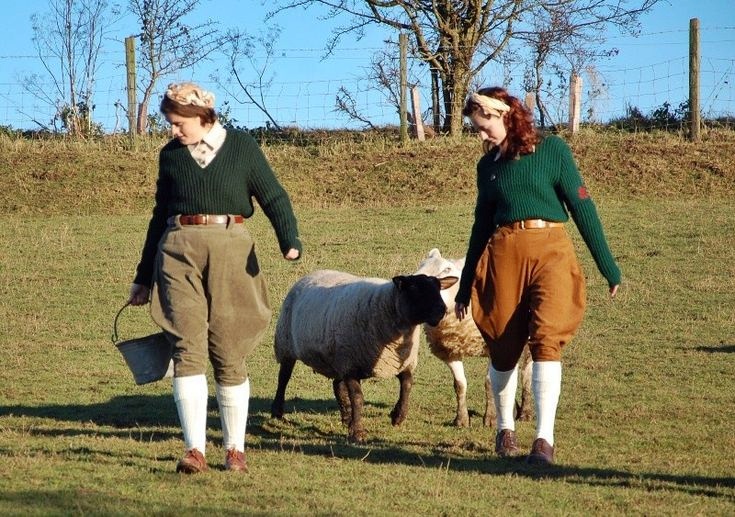
Daily Life of a Land Girl
Despite today’s idealized take on Land Girl fashion, life as a Land Girl was not glamorous. Many lived on the farms where they worked, often in very basic accommodations. Others, especially those posted far from any town, stayed in hostels set up by the WLA. These were often located in old, converted manor houses or abandoned schools that were frequently very spartan, hot in the summer and cold in the winter. By 1944, there were about 700 hostels housing 22,000 Land Girls across Britian. And in these often-cheerless conditions, their days began before dawn and ended after the sun went down. Most worked 48 hours a week in the winter and 50 hours a week in the summer.
In the early war years, Land Girls had no guaranteed holidays or days off at all – simply a travel pass to go home for a visit after six months of service. Under pressure to improve conditions, the government introduced the “Land Girls’ Charter” in 1943. It granted these working women the right to one week of paid holiday per year and a modest raise in their minimum wage. But even with that, leisure time was scarce, and the Land Girls were busy from the moment they awoke until their heads hit their pillow.
Their tasks varied by assignment, with one-quarter of all Land Girls ending up in dairy work, spending predawn hours hand-milking cows and cleaning heavy milk churns (Women’s Land Army Dairy Training).
Others focused on field labor, such as ploughing fields with a tractor or hoeing and weeding endless rows of crops under the noonday sun. They planted potatoes, sowed wheat, dug ditches, mended fences, and did all variety of work that needed to be done on the farms.
A Land Girl could be found stacking bales of hay on wagons to trudging through marshy ground as part of a Land Reclamation Team who dug drainage channels to transform waterlogged land into usable fields. A hardy few even trained as “rat catchers,” and hunted vermin that threatened grain stores. Two particularly determined Land Girls famously dispatched 12,000 rats in a single year on the job (Arrest That Rat). That’s around 33 rats a day!
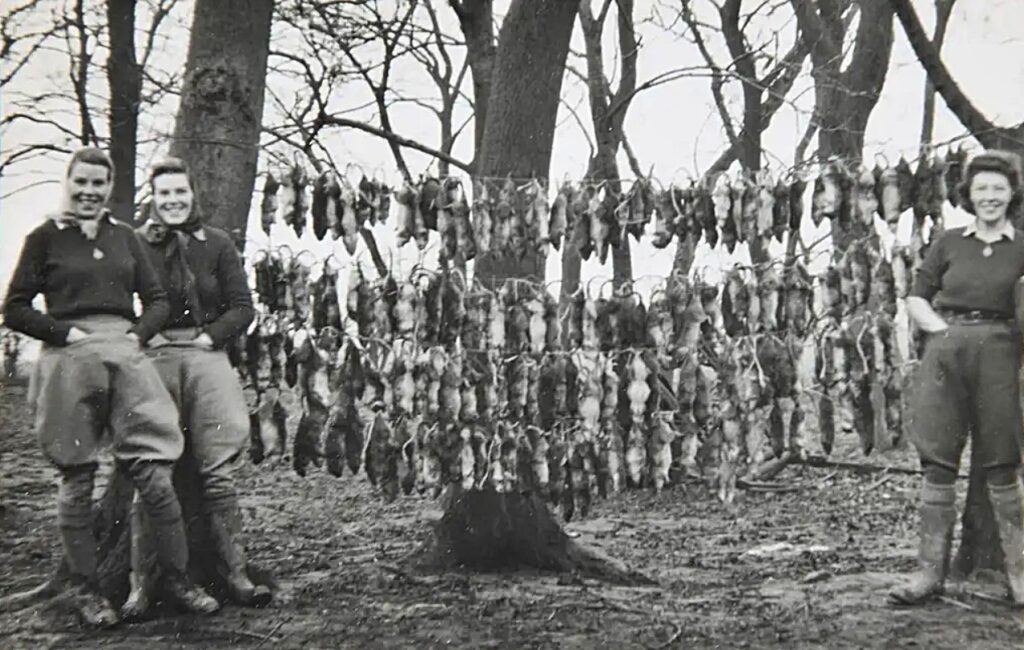
Weather was also no deterrent for these hardworking women. Rain, snow, or baking sun, the work had to be done. But despite the hardship, many women found the work fulfilling and liberating – a chance to prove themselves in a society that rarely gave women physical credit.
But no matter how hard a Land Girl worked, her wages were still less than that of a man. The pay for all their toil was set by government standards and were not lavish to begin with. The women were given a minimum wage of 28 shillings per week, or $5.24 in USD by 1940 standards. Adjusted for inflation, that equals $124 in 2025 for seven days of work. And from that small sum, the women usually had to pay for their own room and board. By comparison, male farmworkers at the same time were paid 38 shillings a week. So, even doing equal work, Land Girls were paid less.
A Land Girl’s Wardrobe
Unlike military service branches, the Land Army was a civilian force so, technically, a Land Girl could not be forced to always wear her uniform. However, their uniform was, for many women, a point of pride and solidarity and few went without it.
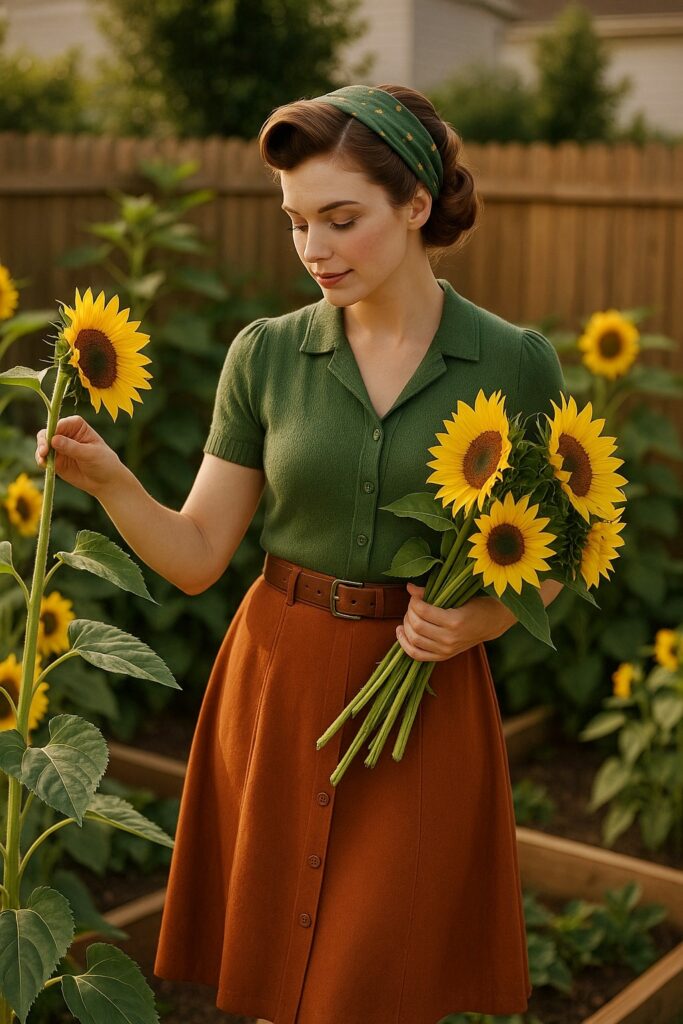
The Land Girl uniform has become iconic in vintage fashion circles. Practical, simple, and with hints of rural charm, it blended utility with understated femininity. There were slight variations over time and between regions, but the core uniform included:
- Khaki Breeches or Jodhpurs
These high-waisted, wide-hipped trousers narrowed at the calves and were perfect for farm work. Some Land Girls also wore dungarees or overalls for particularly dirty jobs. - Blouses or Jumpers
Button-up shirts in neutral colors or light fabrics were standard, sometimes topped with a green heavy woolen jumper (sweater) in winter that was often handmade by volunteers. - Khaki Overcoat
Issued during colder months, the overcoat was durable and weather resistant. - Brown Leather Boots
Sturdy ankle boots were the footwear of choice. In wet or muddy conditions, they were switched out for Wellington boots. - Headscarf
Perhaps the most iconic part of their look that endures today were the scarves Land Girls tied around their hair, especially in a turban or headband style. They were practical, stylish, and kept hair tidy while offering protection from dirt and debris. - Brown Felt Hat
Initially issued as standard wear, this brimmed hat became a symbol of the Land Girl identity, though many women opted for headscarves instead.
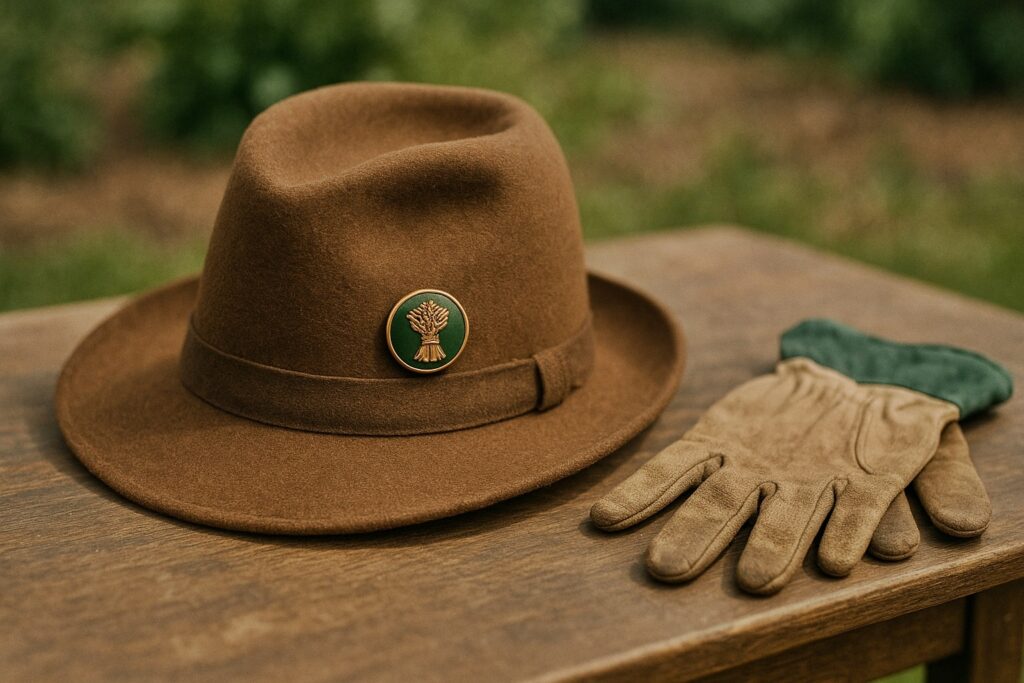
The image of the Land Girl was widely used in wartime propaganda to symbolize strength, patriotism, and rustic beauty. These women’s uniforms and duty to country inspired not only hard work and nationalism but became an avenue for commercial enterprises to attempt to profit from their look – right down to what nail polish one should wear.
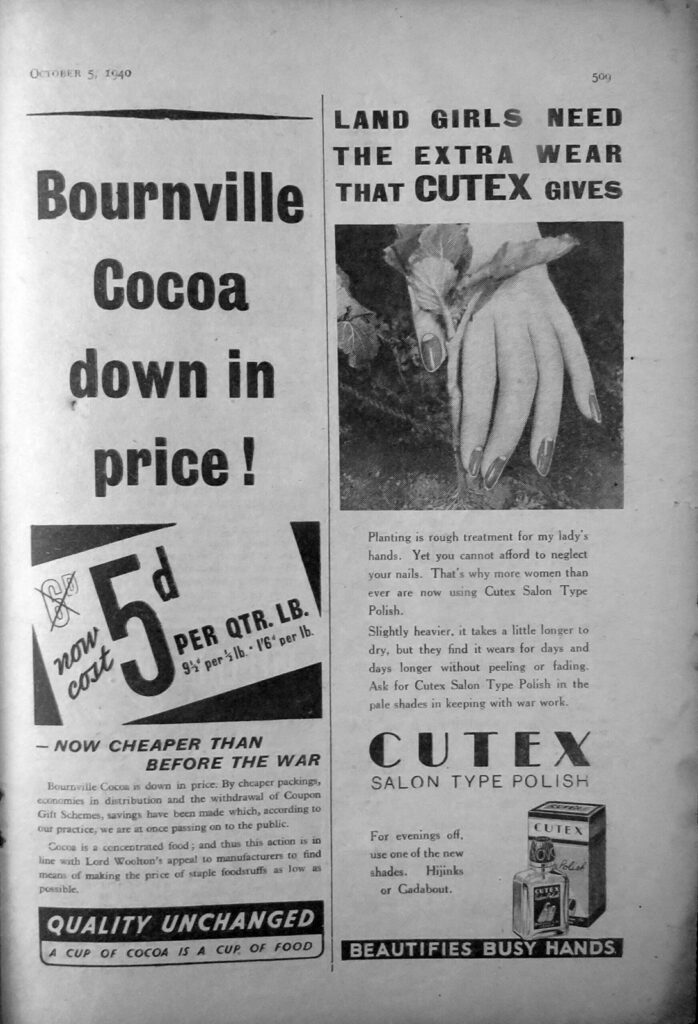
How Land Girls Helped the War Effort
The contribution of the Women’s Land Army to Britain’s survival during WWII cannot be overstated. With German U-boats targeting food shipments, the British Isles had to become more agriculturally self-sufficient. Land Girls helped ensure:
- Regular food supply to cities and soldiers alike.
- Sustainable use of land, including previously unused or overgrown areas.
- Continuity of rural life, allowing older or disabled farmers to keep their land.
The Ministry of Agriculture credited the WLA with keeping the country fed during wartime. Their efforts also helped prevent post-war famine, especially during the difficult rationing years. By 1944, thanks to the WLA’s work, Britian had 6 million more acres of land under cultivation than it did before the war. It was an increase from 12 million to 18 million acres farmed (Feeding Britain in the Second World War). Before the war, Britian produced only about one third of its own food but, by war’s end, it was producing nearly half of its food supply domestically. This was a remarkable shift achieved under dire circumstances in no small part thanks to the WLA.
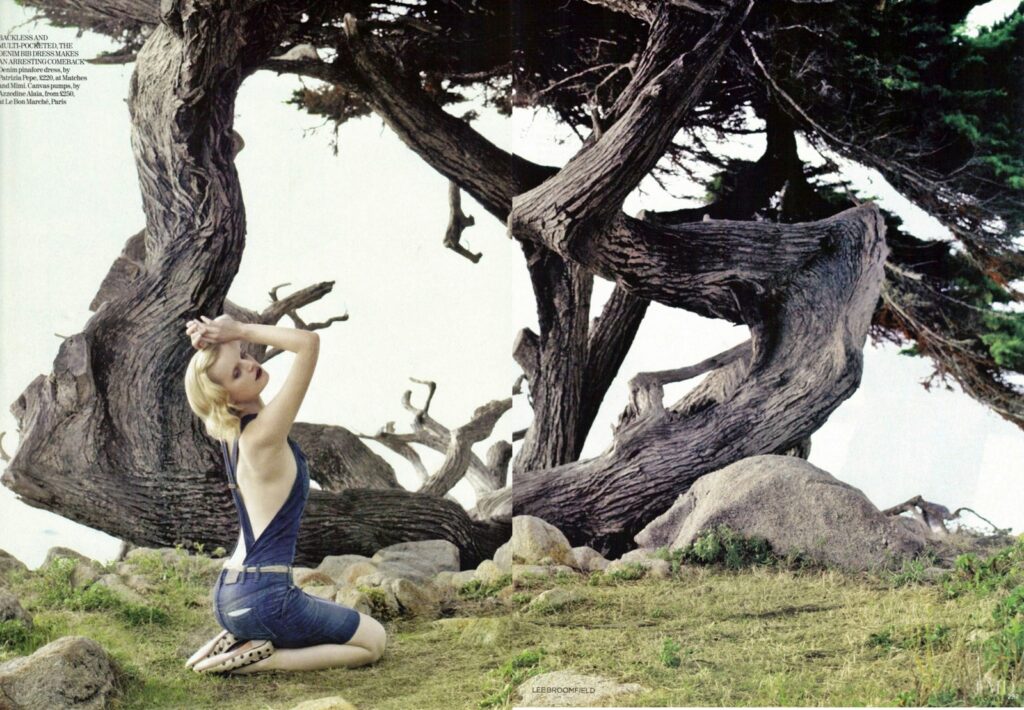
Recognition and the End of an Era
Despite their importance, Land Girls received limited recognition. In 1942, a radio broadcast dubbed the WLA the “Cinderella Service” to suggest that the Land Girls toiled humbly, largely unseen and underappreciated in their contributions to the war effort (1942). The nickname stuck and many Land Girls wore it as a quiet badge of honor: they weren’t doing it for glory, but for duty and country.
Considered civilians, not military personnel, Land Girls weren’t eligible for medals or honors for decades. Many were dismissed after the war ended, with a quiet “thank you” at best.
However, when World War II ended in 1945, not all Land Girls hung up their hats overnight. Britian’s food situation was still dire in the immediate post-war years. Britian was economically strained after the war so importing food in large quantities simply wasn’t feasible and rationing grew stricter for a time. Ergo, the British government decided to continue the WLA after the fighting had stopped. Through the late 1940s, thousands of Land Girls stayed on or newly joined, motivated by duty due to the lack of men yet to return home to reclaim the farming jobs. Thus, the Land Girls became peacetime agricultural laborers, helping rebuild the country by ensuring its citizens were fed.
In total, over the 11-year span from 1939 to 1950, more than 200,000 women served in the Land Army. And while it turned out to be a huge success, as the men returned home and took back their old jobs, the Women’s Land Army was officially disbanded in 1950, five years after WWII’s end, though it left a lasting imprint on gender roles and rural labor.
In 2007, after persistent campaigning by veterans and historians, the British government announced a special badge of honor for surviving members of the Women’s Land Army. At long last, in 2008, some 30,000 proud elderly “Land Girls” – by then in their 80s and 90s, applied for and received a commemorative WLA badge featuring a gilded wheat sheaf emblem. It was a bittersweet victory for many – long overdue but deeply appreciated.
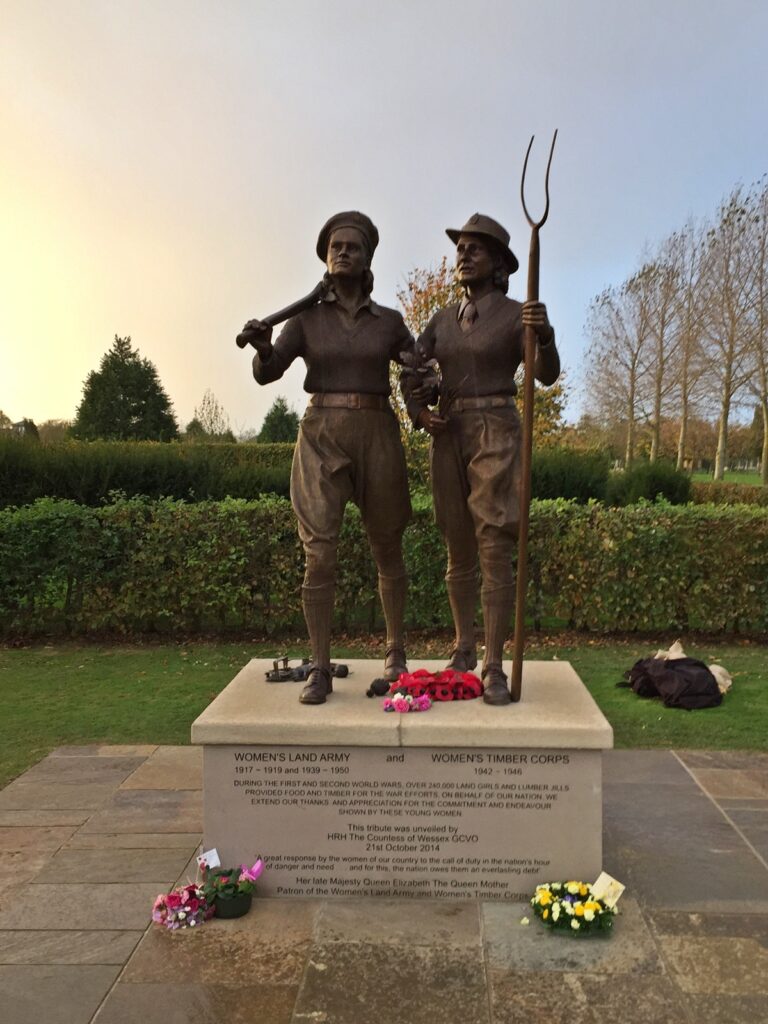
Further honors followed and in 2014 a beautiful national memorial statue to the Land Girls and the Lumber Jills was unveiled (Women’s Land Army and Timber Corps Tribute Memorial Unveiling).
The Land Girl Vintage Revival & Fashion Trends
In recent years, Land Girl fashion has made a nostalgic return. Whether through cheeky Halloween costumes, historical cosplay, or everyday cottagecore fashion trends, the look is alive and well.
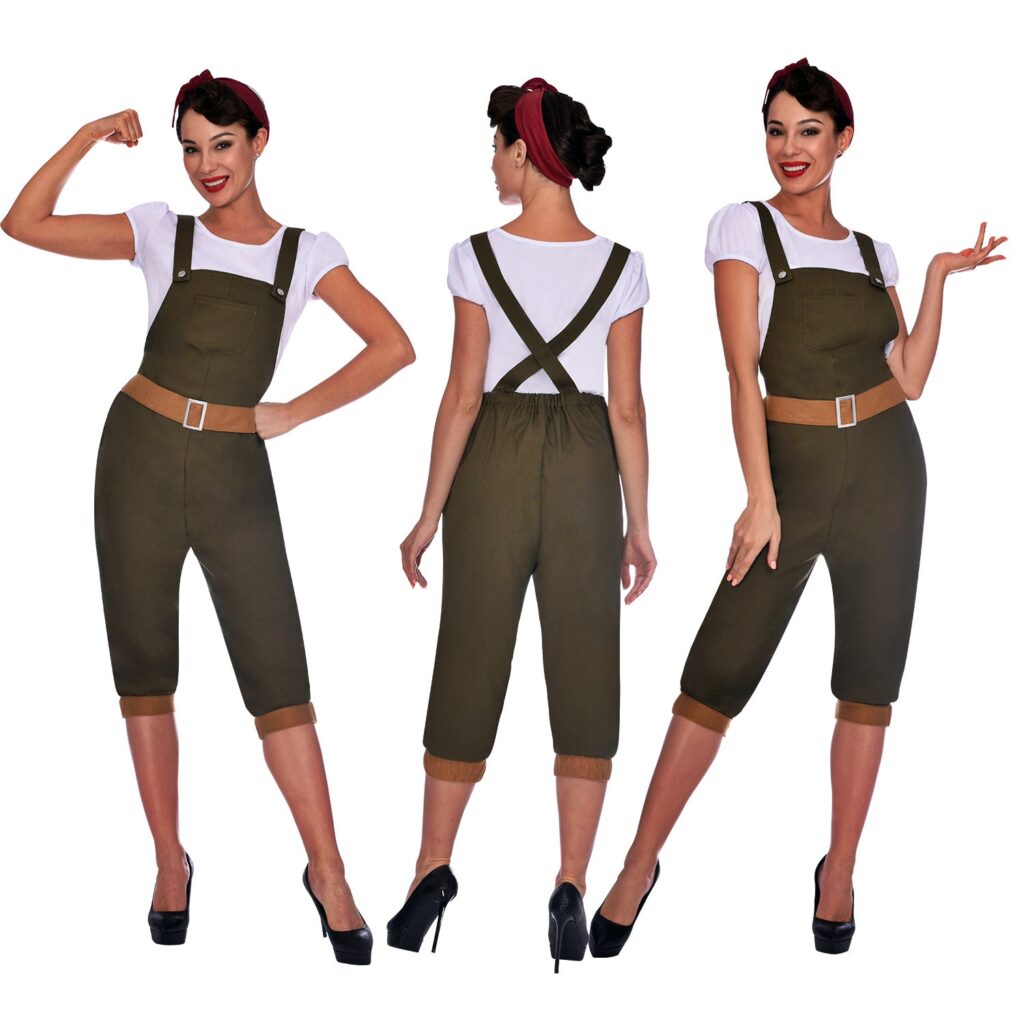
Authentic Land Girl photographs show real uniforms in context: often muddy, purposeful, buttoned up, and utilitarian. Modern reinterpretations emphasize the romance of the aesthetic: flattering chinos or dungarees, vintage knitwear, colorful headscarves as accessories, and earthy, comfortable color palettes. And when used in fashion editorials, the Land Girl look is often juxtaposed rugged charm with polished beauty – turning farmwear into fashion statements with a dreamy nod to history.
Reenactors & Cosplay
Historical reenactments frequently include Land Girls. At vintage festivals and WWII commemorations across the UK and US, women reenactors don accurate utility overalls and headscarves to celebrate their legacy while cosplayers will attend these events and sometimes blend the Land Girl look with the United States’ “Rosie the Riveter” or 1940s pin-up styles.
Modern Vintage Fashion
Fashion brands have embraced the silhouette: high-waisted trousers, bib overalls, knit sweaters, and floral headscarves are common in modern wardrobes. Contemporary fashionistas add lipstick and vintage curls to complete the look, while Pinterest is full of boards with titles like “That Land Girl Look,” with styling guides, hair tutorials, and outfit breakdowns. Even makeup has seen a revival of 1940’s styles: bold red lips, natural eyes, and softly arched brows.
Slow Fashion & Practical Glamour
The Land Girl aesthetic resonates with today’s “slow fashion” and cottagecore movements – where practicality, sustainability, and old-world charm reign. Many women find empowerment in the balance of grit and grace: dressing with function but never without a feminine touch. Hair is styled in soft vintage waves often with a headscarf knotted at the nape or side and whether it’s utility-inspired jumpsuits or light knit sweaters paired with floral skirts and sneakers, the emphasis is on practicality, earth tones, and pastoral charm with a polished edge.
Why the Land Girl Legacy Matters
The story of the Land Girls is not just a tale of wartime necessity. It’s a narrative about resilience, capability, and the redefining of gender expectations. These women stepped up when their country needed them most and they did so without fanfare or heroics. Their work challenged norms, saved lives, and nourished a nation – quite literally. Today, as we rediscover their style and stories, we are reminded of how fashion, history, and feminism intersect in powerful ways.
From the muddy fields of wartime Britain to today’s vintage runways and themed events, the Land Girls continue to inspire. Whether you’re wearing their clothing for a historical event, fashion shoot, or simply because you love the fusion of practicality and charm, you’re channeling a piece of history.
The Women’s Land Army was strong, capable, and quietly revolutionary.
And honestly? Their look still works today.
References:
“Imperial War Museum.” https://www.iwm.org.uk/
“The land girl’s of the Women’s Land Army.” https://www.nationalarchives.gov.uk/explore-the-collection/explore-by-topic/military-and-war/the-womens-land-army/
“Women’s Land Army.” https://www.womenslandarmy.co.uk/
Images:
- “Land Girl Brown Hat & Pin”: https://chatgpt.com
- “Land Girl Recruitment Poster”: https://www.womenslandarmy.co.uk/joan-drake-nee-day/
- “Land Girl Smoking Break”: https://en.wikipedia.org/wiki/Feeding_Britain_in_the_Second_World_War
- “Land Girl with Lambs”: https://www.womenslandarmy.co.uk/ww2-photos-land-girls-working-in-southport-lancashire/
- “Land Girl Rat Catchers”: https://www.nationalarchives.gov.uk/explore-the-collection/explore-by-topic/military-and-war/the-womens-land-army/
- “Land Girl with Cabbages Hoeing”: https://chatgpt.com
- “Land Girl Nail Polish Advert”: https://www.womenslandarmy.co.uk/nail-varnish-advertisement-aimed-at-land-girls/
- “Land Girl Modern Reenactors01”: https://www.pinterest.com/pin/259449628555286065/
- “Land Girl Modern Reenactors02”: https://www.pinterest.com/pin/10625749100091918/
- “Land Girl Vogue UK 2006 Editorial”: https://www.fashionmodeldirectory.com/magazines/vogue-uk/editorials/april-2006/landgirl-65819/

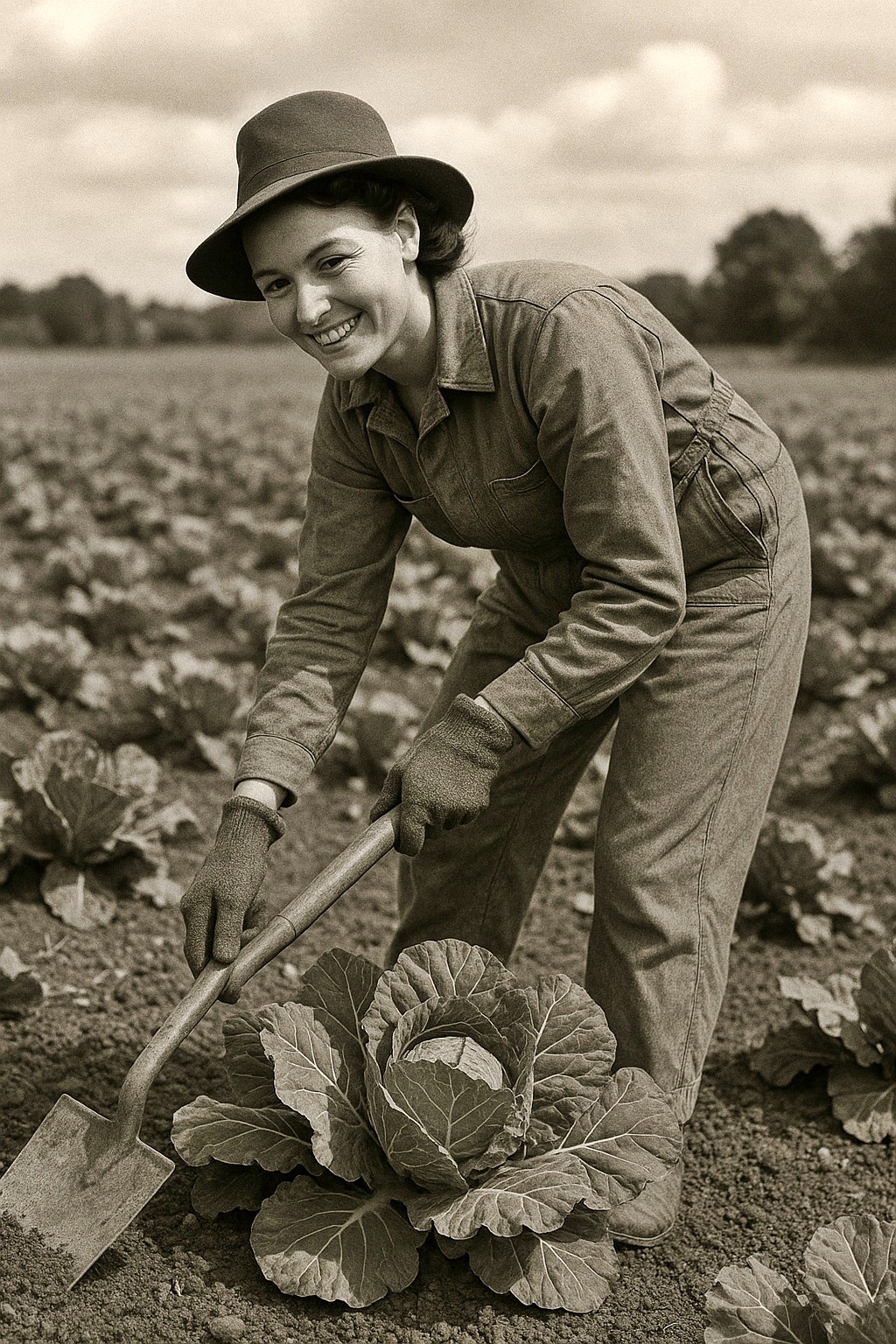
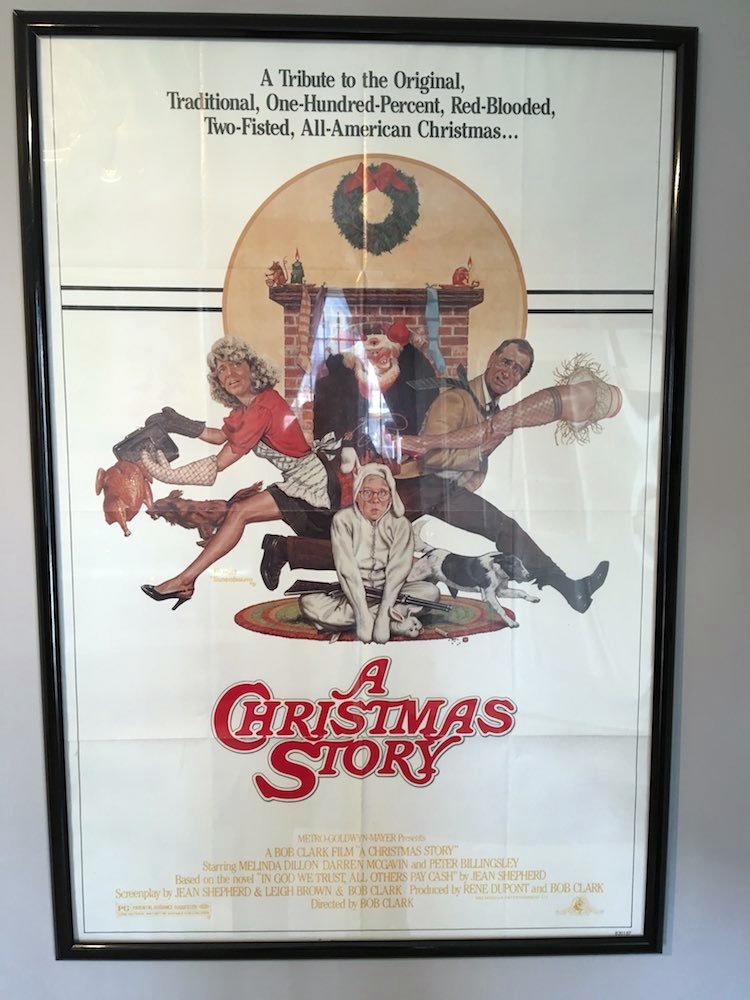
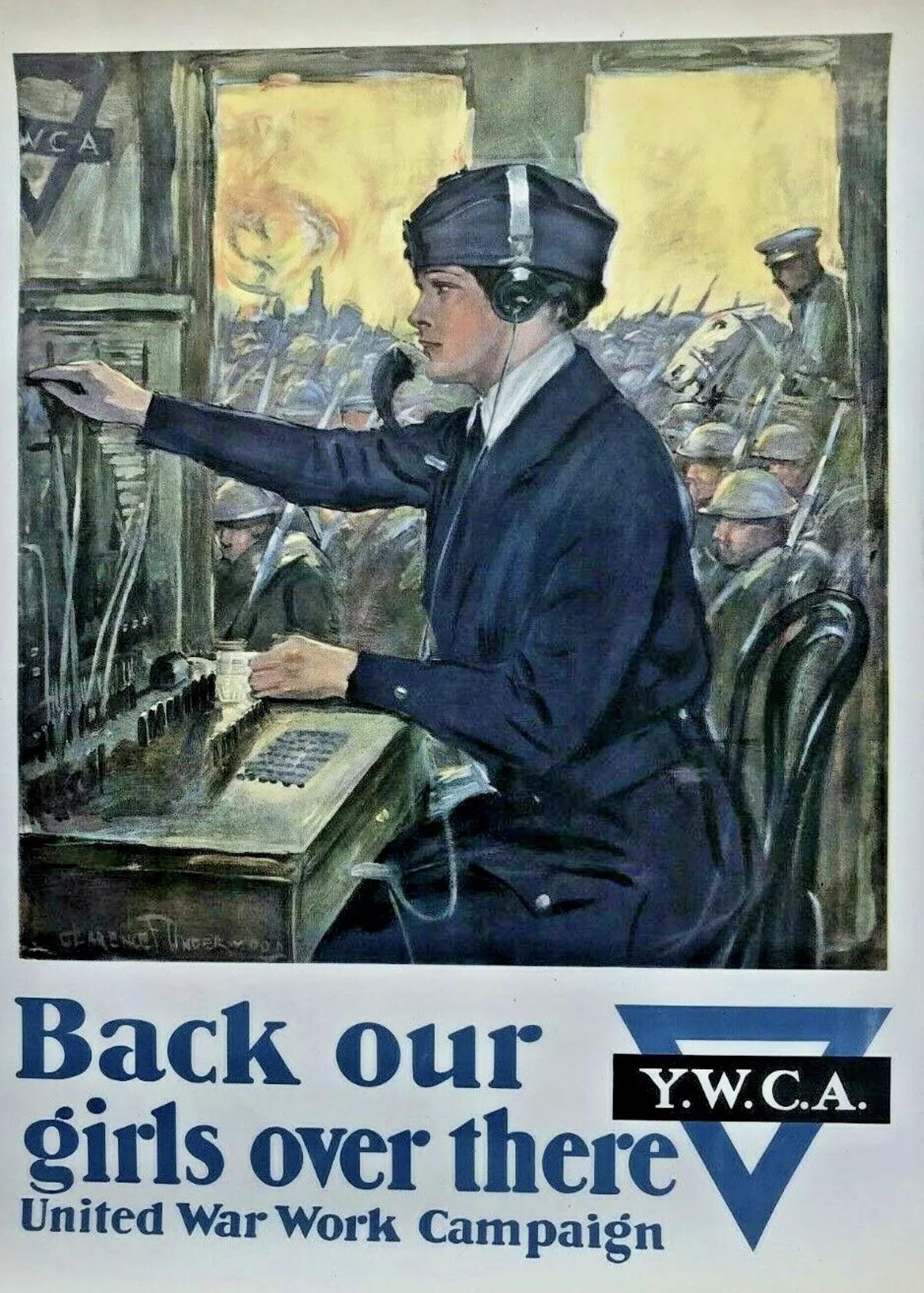
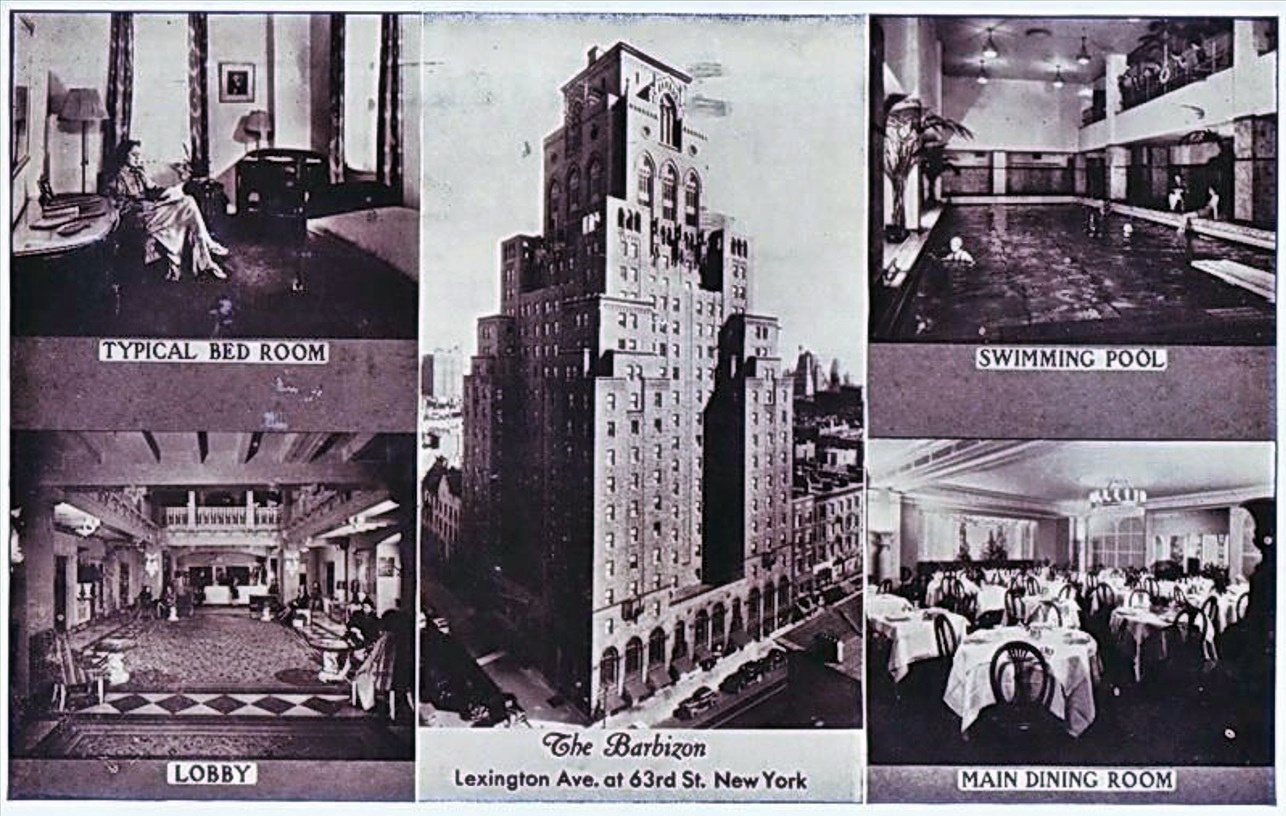

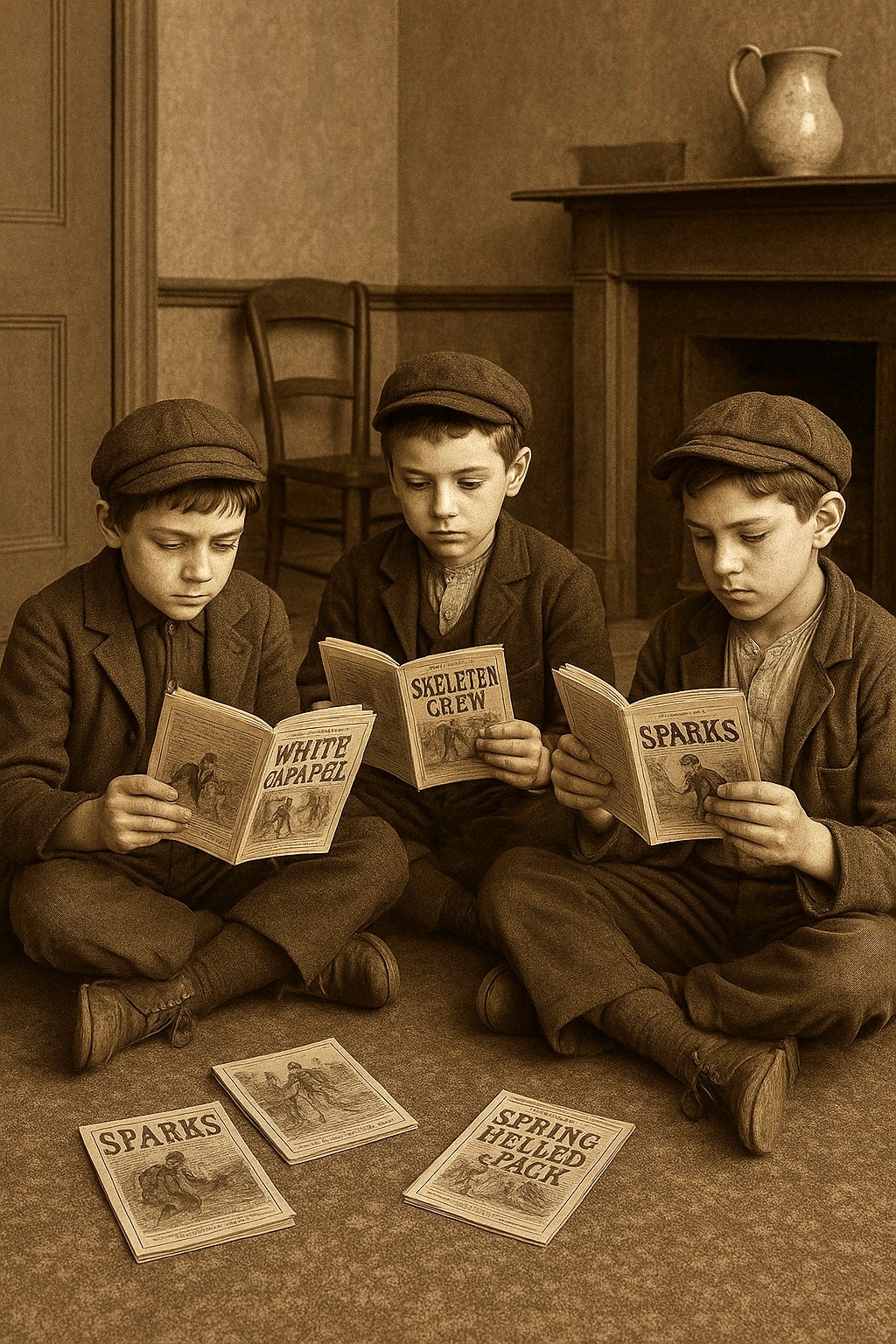
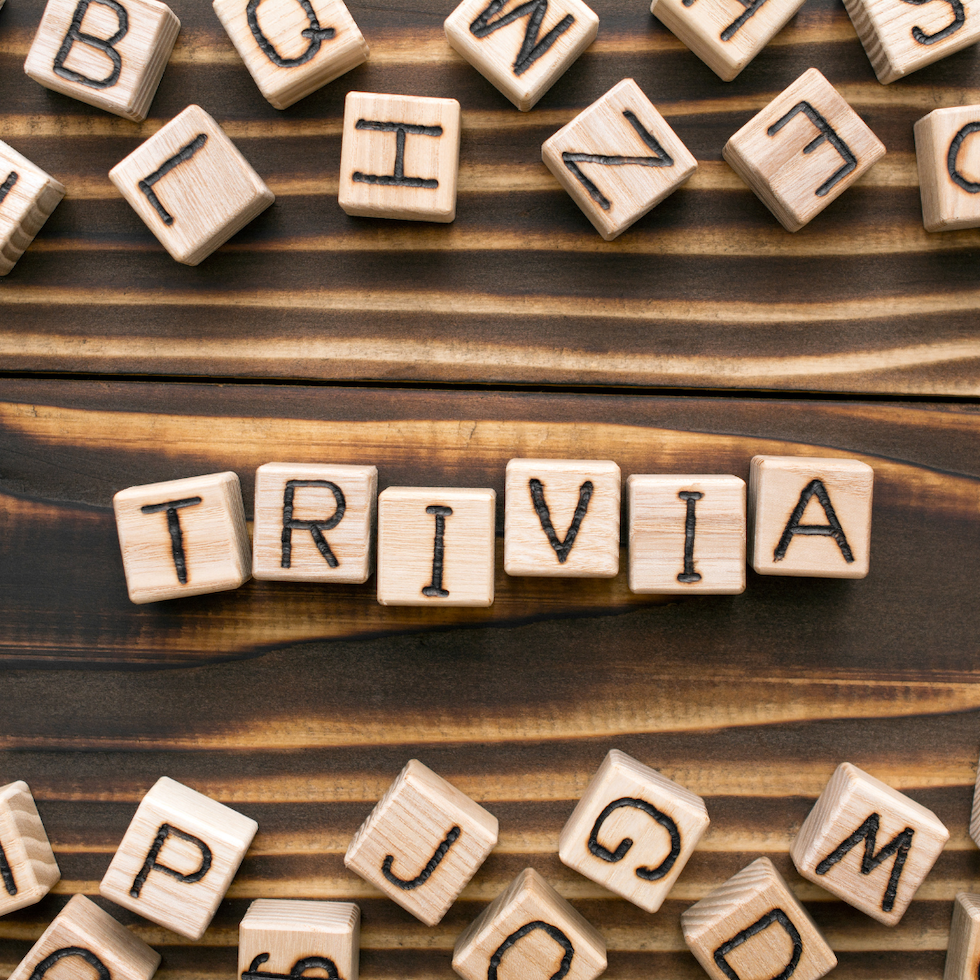
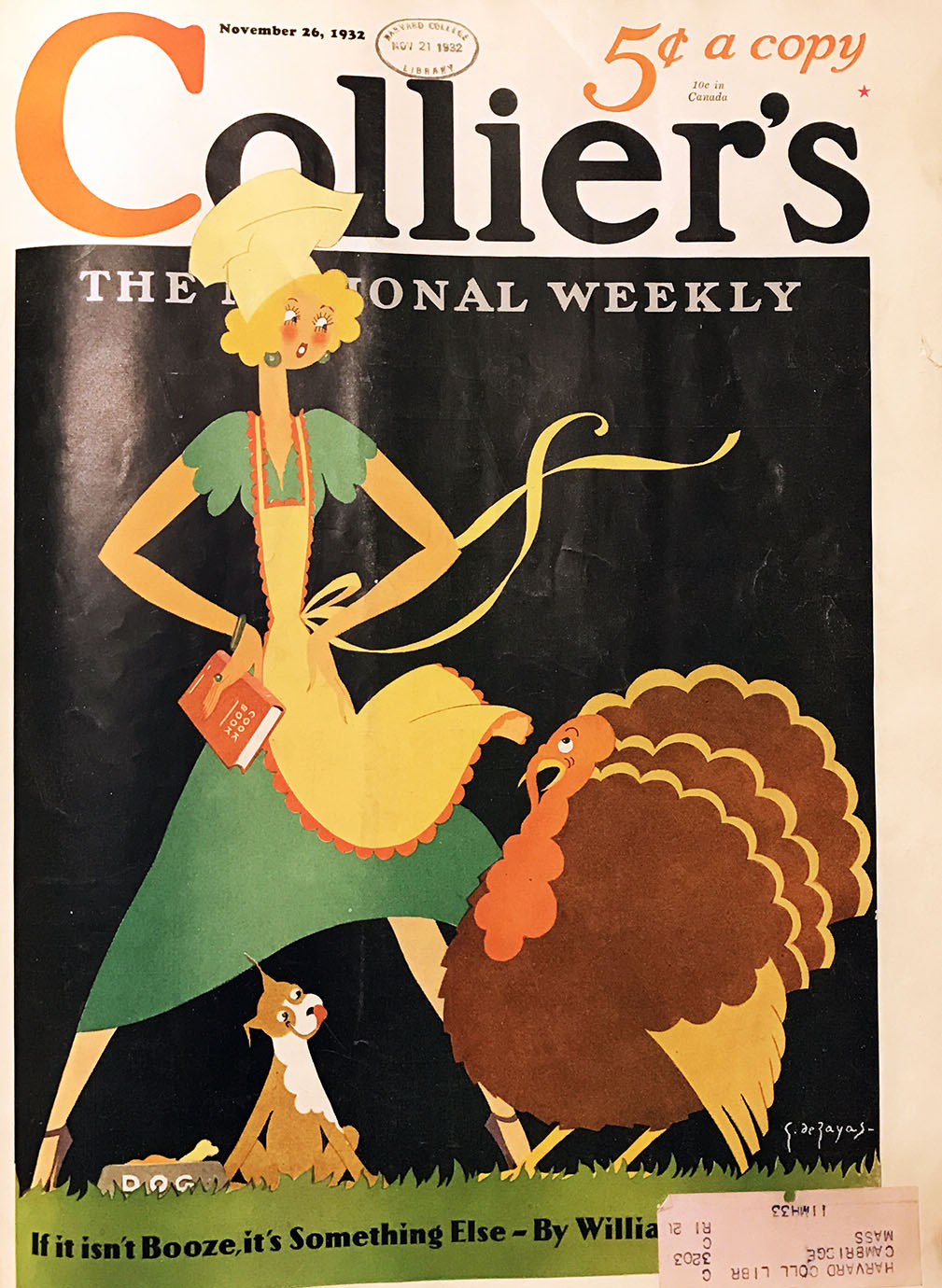
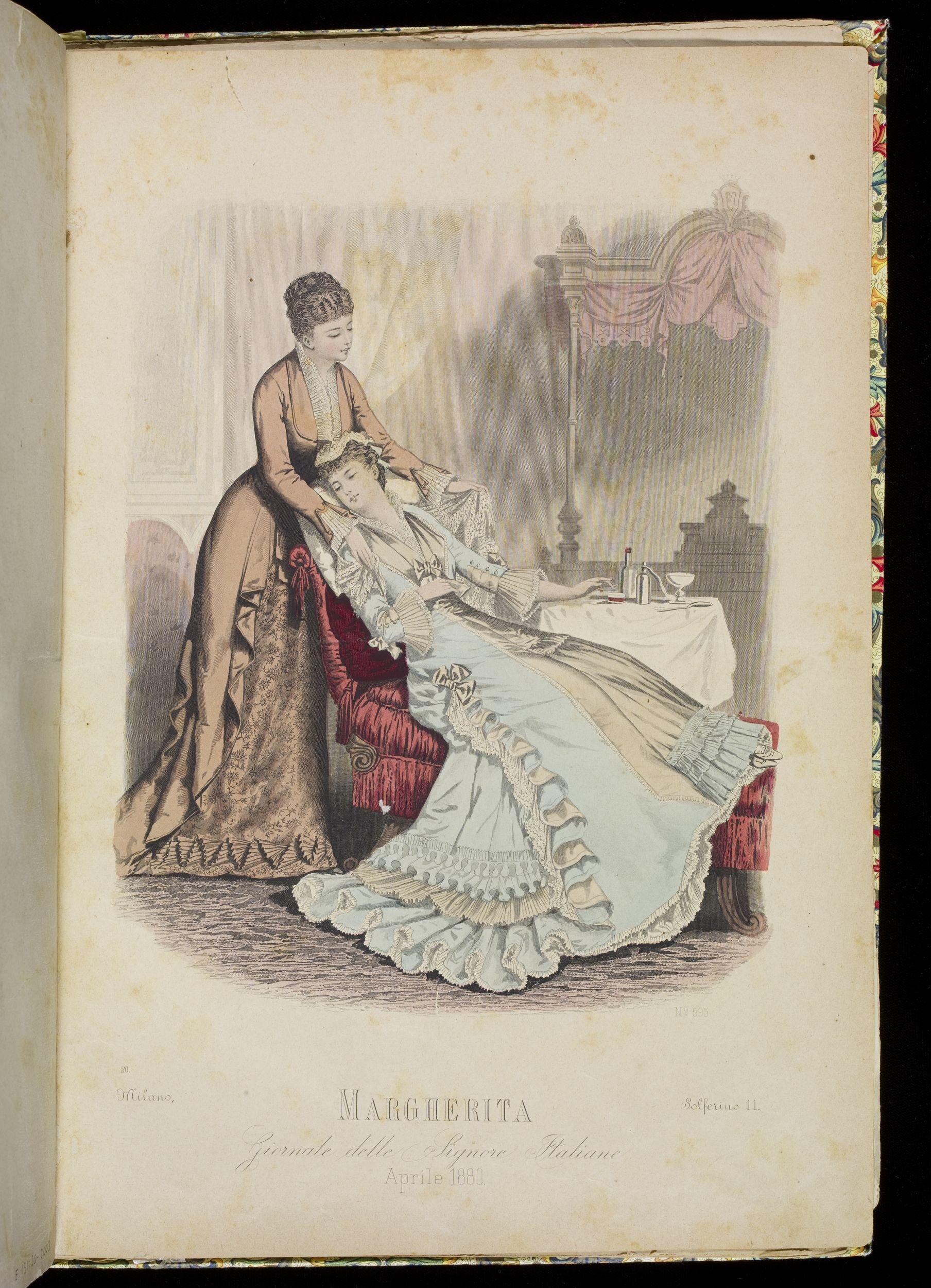
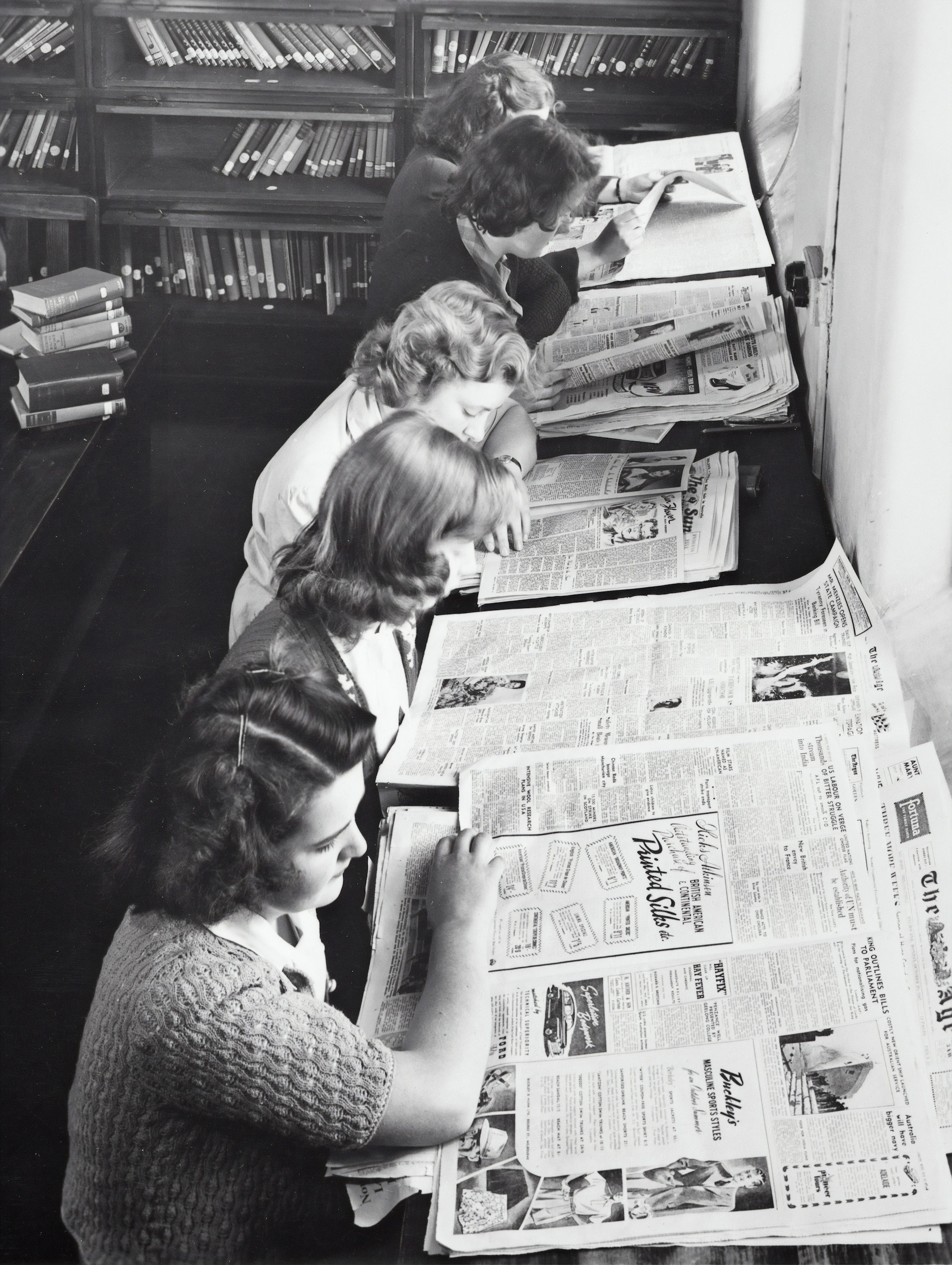

Leave A Comment